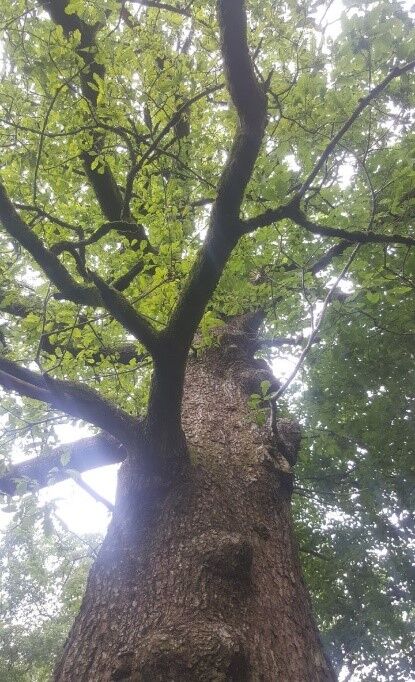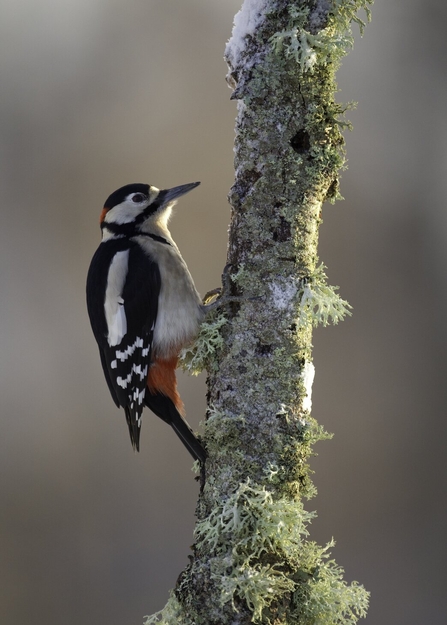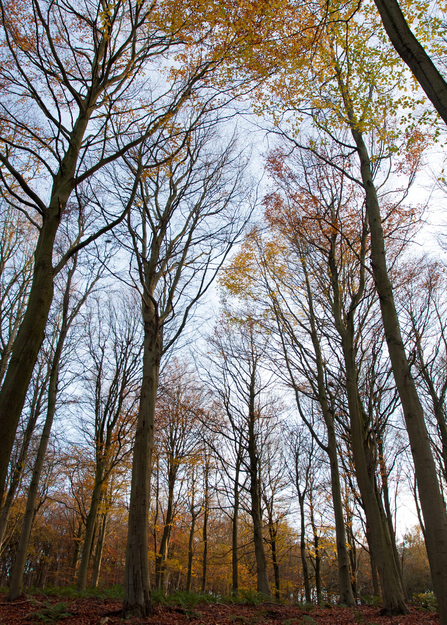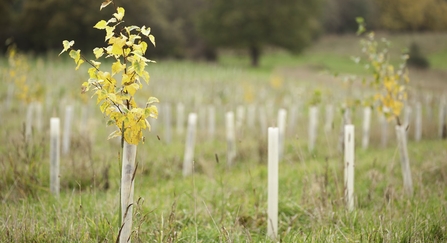
Oak tree - Olivia Bird
Trees are everywhere. Whether you live in a rural area, an urban city, or somewhere in between, it’s safe to say that there’s a tree somewhere near you. There are over 3 trillion trees on planet earth. They are immensely diverse, and so adaptable that they are found on every continent except Antarctica.
As you may already know, earth’s life support system depends on trees. This is because trees carry out a process called photosynthesis. This means that trees absorb carbon dioxide and sunlight, and produce glucose and oxygen. Just like animals need food, the glucose produced in photosynthesis is stored as food for the plant, however the oxygen is released into the atmosphere, and we use it to breathe!




